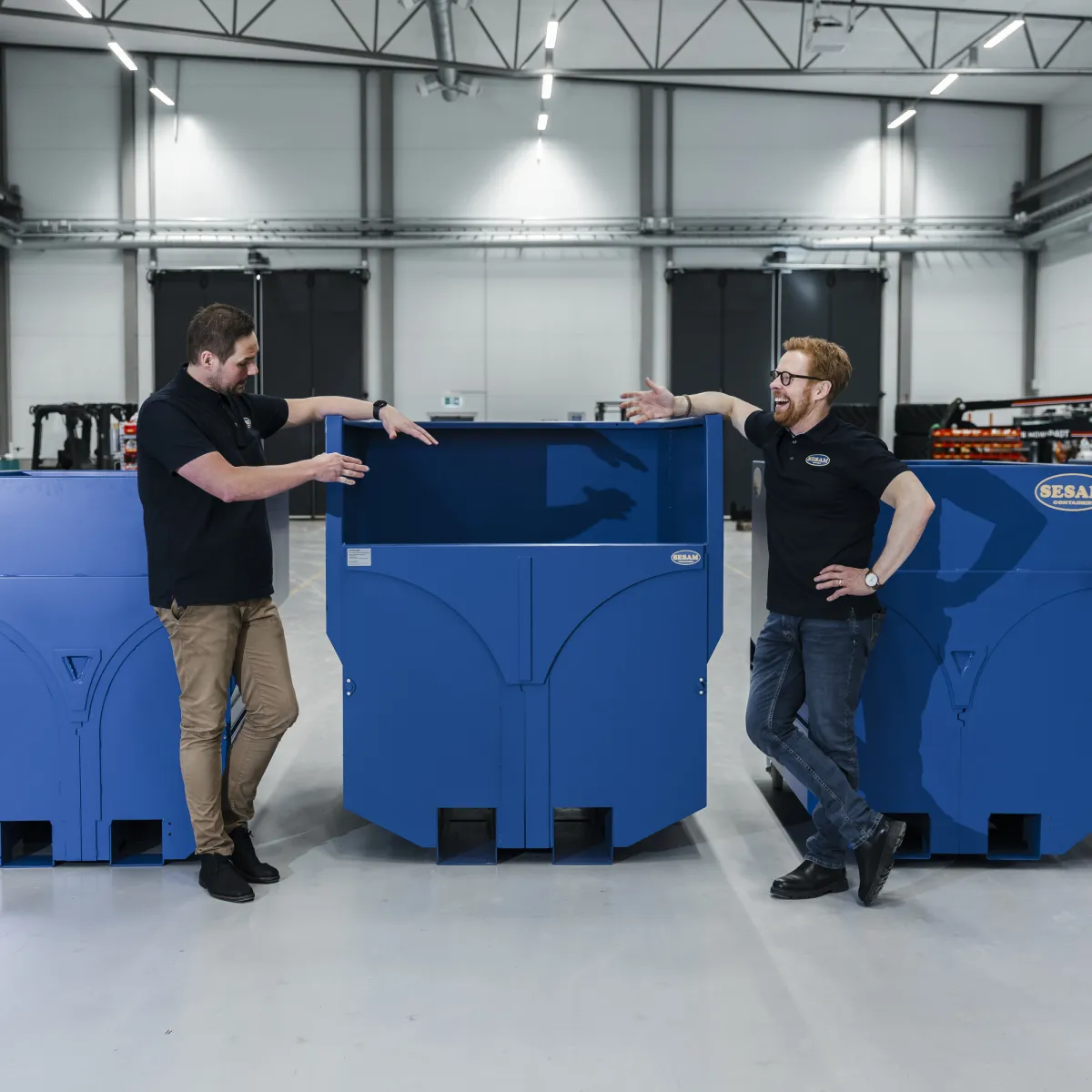How to Maintain and Clean Your Bottom Emptying Container
How to Maintain and Clean Your Bottom Emptying Container
Blog Article
In regards to bottom-emptying pots, toughness is just a critical factor. These pots must tolerate recurring use, varying environmental problems, and regular handling. This makes material variety a high priority. To ensure that bottom emptying container (bottentömmande container) provide extended support living and maintain their efficiency, producers depend on certain resources manufactured for strength, weight, and reliability.
Below, we spotlight the best materials that guarantee longevity and efficiency for bottom-emptying containers.
1. High-Density Polyethylene (HDPE)
High-Density Polyethylene, or HDPE, is one of the most commonly applied products for sturdy containers. Known for its affect opposition and flexibility, HDPE are designed for equally large masses and hard handling. That material is particularly suited to severe commercial use and outdoor conditions thanks to its resistance to UV rays and chemicals. Moreover, HDPE is lightweight, which makes it easier to transport and manage without diminishing on strength.

Why Choose HDPE?
Excellent resistance to weather and substances
Light but solid
Green, as it is recyclable
2. Stainless Steel
For industries requesting heavy-duty toughness or sanitary conditions, stainless is an ideal material. It is powerful, highly resilient to deterioration, and capable of withstanding excessive heat fluctuations. More over, metal assures longevity, which makes it a cost-effective alternative in the extended run. Their clean area also simplifies preservation and washing, that will be priceless for applications in food control or healthcare industries.
Key Benefits of Stainless Steel
Extraordinary strength and durability
Rust-proof and well suited for long-term use
Easy to clean and maintain
3. Fiberglass-Reinforced Plastic (FRP)
Fiberglass-Reinforced Plastic (FRP) is really a high-performance product mixing the effectiveness of fiberglass with the cost-effectiveness of plastic. FRP excels in extremely harsh and chemical-heavy settings, which makes it an excellent choice for pots found in chemical manufacturing or storage. Also, FRP pots are lightweight, creating them simpler to move in comparison to metal equivalents.
Advantages of FRP
Corrosion-resistant in challenging situations
Lightweight and simple to take care of
Can be personalized for particular purposes
4. Aluminum
When a balance between energy and lightweight style is required, metal sticks out as a premier option. It is particularly favored for applications that need freedom because low weight. Aluminum is corrosion-resistant, which makes it suited to outdoor situations or locations confronted with moisture.

Highlights of Aluminum
Outstanding lightweight-to-strength relation
Corrosion-resistant for outside use
Sustainable as it is recyclable
Choosing the Right Material for Your Needs
The option of product for bottom-emptying containers depends upon the precise application, environmental situations, and expected load capacity. HDPE is great for cost-effective freedom, while metal presents unparalleled strength for sanitary environments. FRP and aluminum, on one other hand, focus on industries seeking light or highly corrosion-resistant options.
By choosing the right material, you are able to guarantee your bins present sustained performance, stay useful as time passes, and suit distinctive operational needs. Report this page